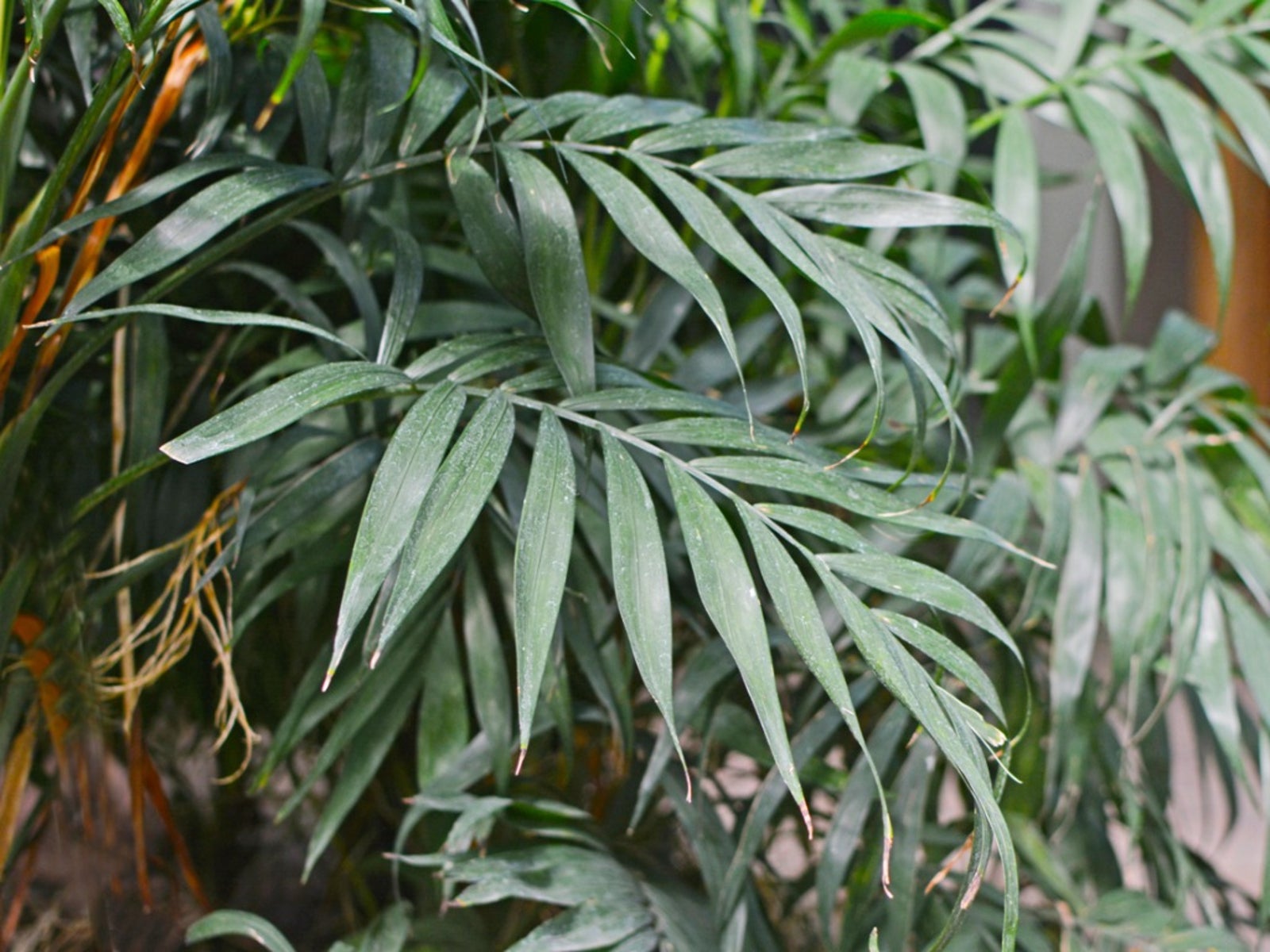Outdoor Parlor Palms: How To Care For Parlor Palm Outside


One of the great classic plants from the 1800’s is the parlor palm (Chamaedorea elegans), closely related to the bamboo palm. It was a common feature of the Victorian décor period, famous for its delicate foliage and hardiness in the home interior. As a houseplant, it can’t be beat, but can you grow parlor palms outdoors? Lucky growers in sub-tropical zones can cultivate outdoor parlor palms in the ground. The rest of us can try planting parlor palm outside in containers through summer and moving them indoors to protect them from chilly temperatures.
Outdoor Parlor Palms
If you are hooked on parlor palms and want to try growing them outside, there are a few things to know. These plants are native to Mexico and Guatemala and grow in dense rainforests, where lighting is dappled and moisture levels high. The palm is very sensitive to light, which makes it perfect in the interior and it even performs well in fluorescent light settings. It is useful outside as part of a small garden with low-growing accent plants. Some further tips on how to care for parlor palm outside are necessary to prevent cultural problems and common pest issues. Parlor palm plants are suitable for USDA zones 10 to 10b. These are the regions where the plant will flourish in the ground. The plants grow slowly and may achieve 5 to 8 feet (1.5-2 m.) in height over many years. Parlor palm has a deep green, single, glossy stem and arching, delicate fronds. Every few years it may bloom with clusters of small white flowers which yield to become tiny reddish black fruits. One of the biggest enemies of parlor palms is low humidity. Outdoor plants should be watered regularly in well-drained soil and misted if grown in arid regions.
Planting Parlor Palm Outside
In regions with little to no freezing, you can successfully grow these plants in the exterior landscape. In temperate zones, the plant makes a great accent patio plant in good sized containers with attendant tropical accents. These plants will need to be moved indoors at the end of summer to protect them from cold winds and freezes. The best soil for a parlor palm has been amended with organic material and drains freely. Mulch around the root zone to conserve moisture. Fertilize the plant with a diluted balanced feed in early spring and every month until fall. Location is an important consideration. Place the palm under the eaves or on a northern or eastern exposure. Avoid locations where the plant will receive noon day sun or foliage will burn.
How to Care for Parlor Palm Outside
Care of parlor palm outdoors is not really much different from houseplant care. These are low maintenance plants that just need regular moisture, food, and occasional pruning to remove old leaves. Some insect pests that might become problematic are mites, nematodes, and scales. Scale can be removed manually in small infestations. Large problems can be dealt with using a good horticultural soap spray. Spider mites are common in plants grown with low humidity. Another feature of good care of parlor palm outdoors is drainage. While it is true this plant likes moisture, it will not do well in boggy sites. Amend dry soil with organic material and dig gritty material into clay or clumping soil to loosen it up. Outdoor container plants require the same care; just don’t forget to bring them indoors if you live in a cooler region.
Sign up for the Gardening Know How newsletter today and receive a free copy of our e-book "How to Grow Delicious Tomatoes".

Bonnie Grant is a professional landscaper with a Certification in Urban Gardening. She has been gardening and writing for 15 years. A former professional chef, she has a passion for edible landscaping.